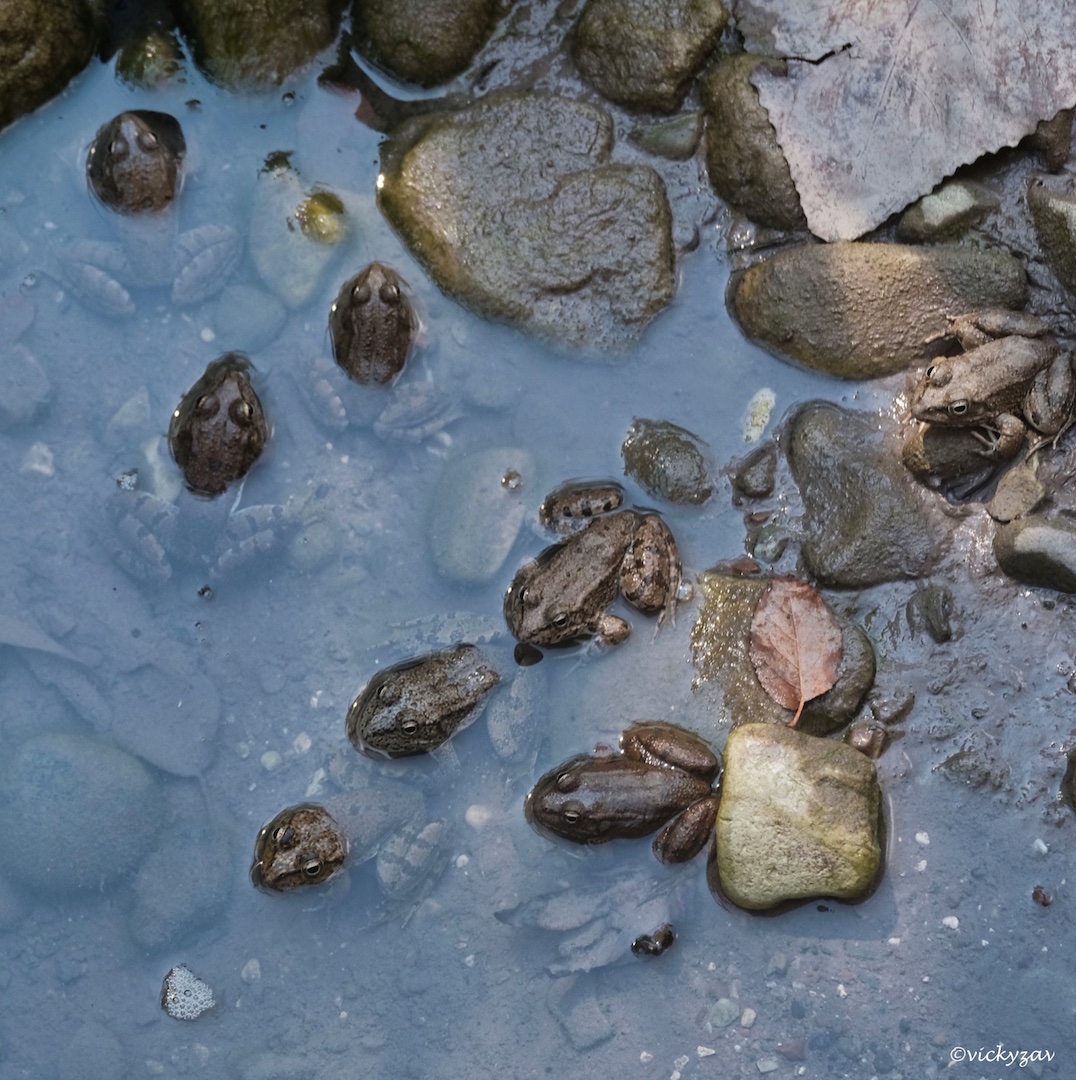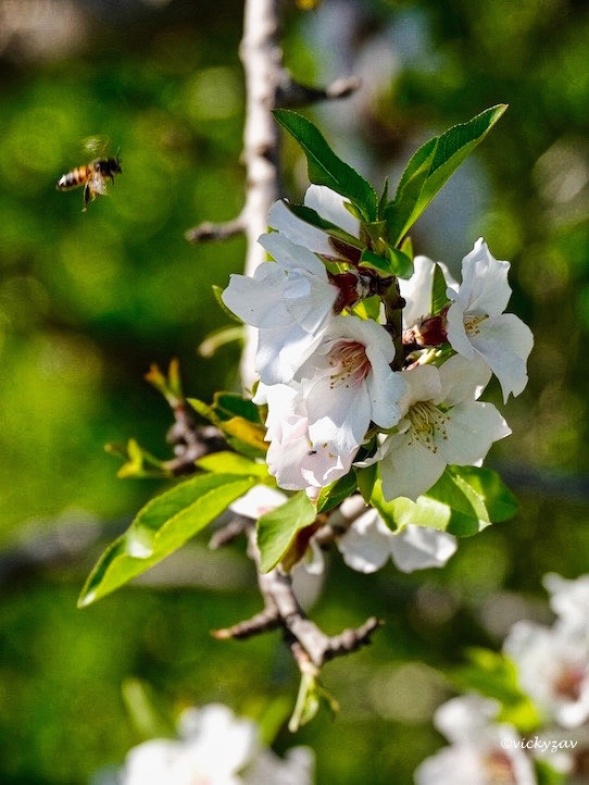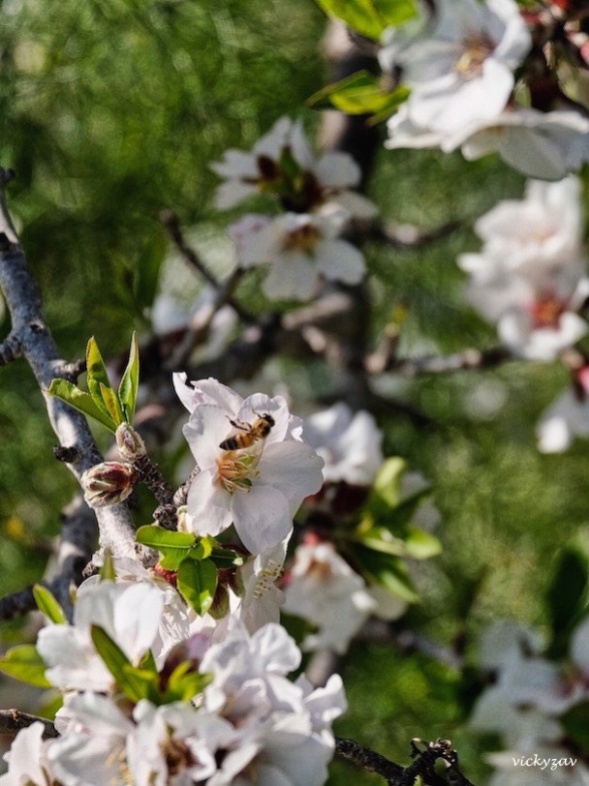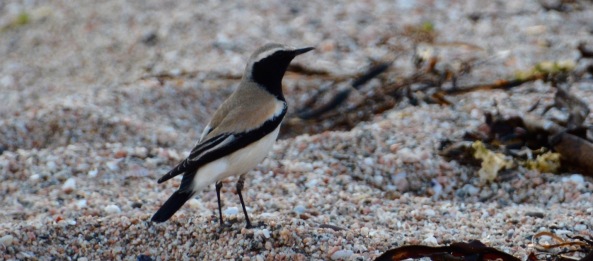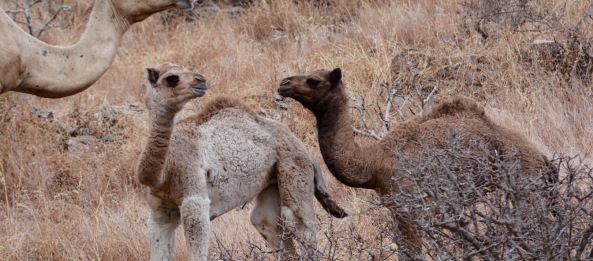(previously published 28/2/2023 on vickystravelinthemiddleeastandbeyond.worpress.com)
As we had arrived on Masirah a day early, we had no hotel booking for the night, but we did have a new pop-up tent to christen that night so not worrying about a place to stay we headed off to our favorite beaches to pound out some kilometers and hopefully find a few shell treasures on the tideline.
A few treasures found on our first beach, we then beached hopped down the East coast of the island with the Indian ocean waves breaking gently along the shoreline, taking in the beautiful views of this wild coastline. There are currently a couple of Dhow wrecks along the East coast.One from several years ago which is now pretty much disintegrated but two are intact , the one below beached…




From June to September the monsoon or Khareef that dominates the Dhofar coastline further south also affects Masirah and the Indian ocean turns into wild and raging seas.
Early evening we drove back to Hilf, the ferry port and the only town on the island to get some dinner. We decided to eat at the Park inn, which serves an excellent curry and fresh juices and then we drove to a remote beach on the East coast to camp.
The pop-up tent popped up beautifully, I had bought camping lights in Dragonmart in Dubai so we were well lit as we manipulated the air beds we have into the tent….hmm, the tent advertised as a 3 person tent wouldn’t fit our air beds so we ended up with the air beds halfway up the tent walls…a 3 very small person tent with no air beds methinks!
Not to be defeated, we just thought ok, so be it, we will sleep, we are tired and we did….for a while! The OH is tall, actually taller than the tent is long and around 2am I woke to much groaning and kerfuffle and the OH trying to make a swift exit out of our 3 man tent (not!) as he had woken with cramp from not being able to stretch out his body length…
He decided to sleep in the car so I had loads of space and fell back to sleep instantly. Before dawn the wind picked up and the flapping of the air vents woke me …then I realized water was dripping onto my face and head and probably my blanket…switched on the torch and the tent roof was covered in water droplets from the humidity….a swift exit to join the OH in the car, but sleep was long gone and as we were on the beach I enjoyed a magical predawn and sunrise experience, what a start to the day!



We had decided to visit the Sur Masirah beaches…this area is a shell collectors holy grail…this area is home to the exquisitely beautiful Punctacteon eloiseae (Abbott, 1973)
I found one of these shells once , in the water pools at low tide out on the sand flats. It was an exquisite moment and as the shell is fairly rare, I would be very lucky to find another one…

But first we passed by a very old cemetery on the hillside. Normally, in a Muslim burial the body is wrapped in white cloth, placed in a shallow grave and covered in stones but in the centre of the cemetery is the resting place for some of the early settlers in Masirah from the Hadramaut area of Yemen….




Today was the lowest tide of the week of low tides and a good day to walk on the sand flats. Having found the Eloiseae shell previously, I feel very lucky and am not imbued with the desire to search for more so I’m happy to walk out on the sands looking at everything that normally is covered by the sea.
What’s a colour-fest! Vivid greens, oranges, reds, blues and even a yellow….anemones, sponges and sea squirts all exposed for a few short hours with crabs and starfish to add to the interest….a lovely few hours and over 10,000 steps on sand, a win-win afternoon….

































